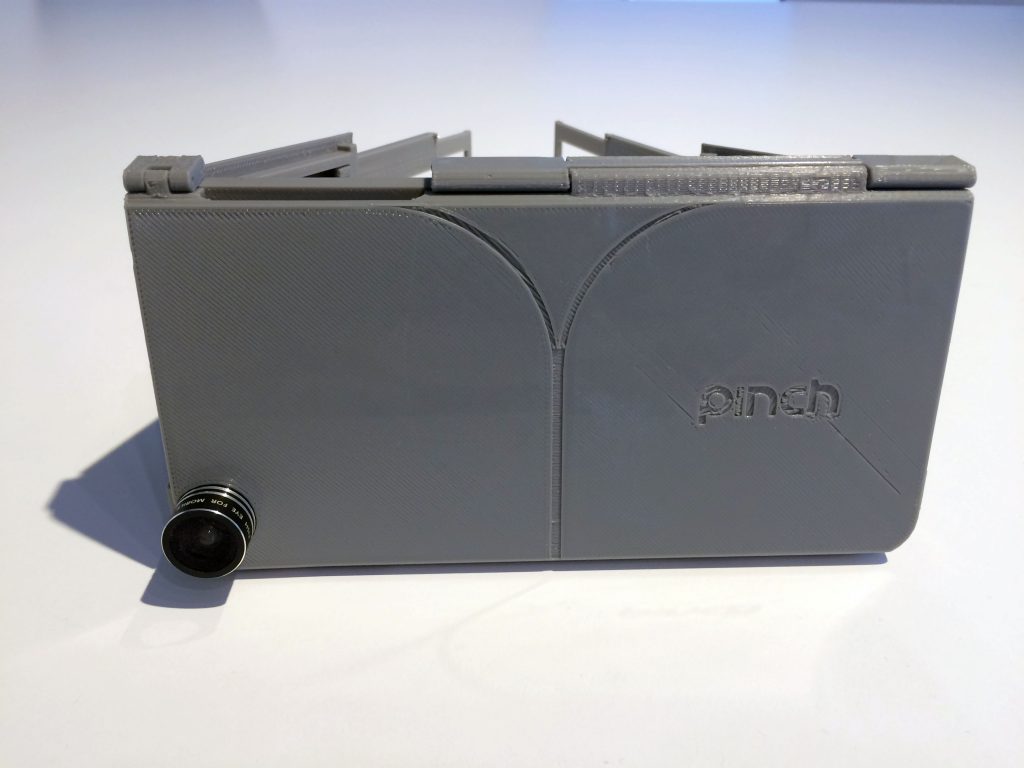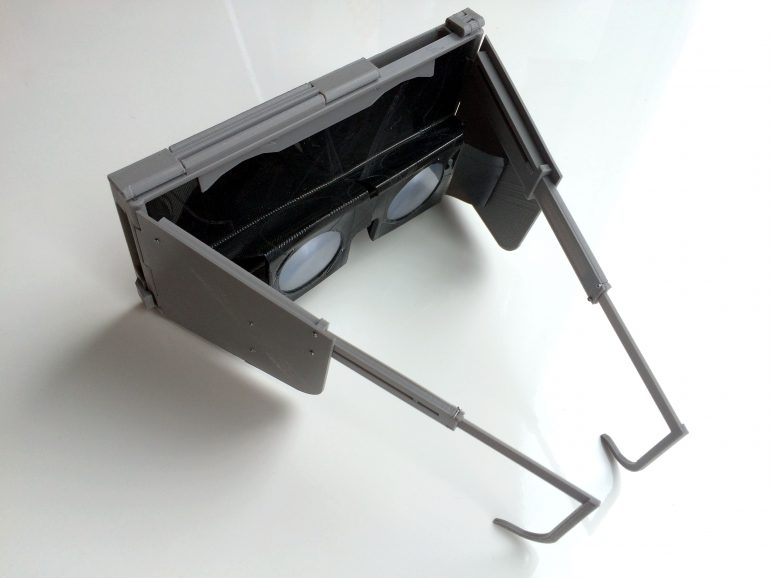Once a technology you would predominantly find in theme parks, arcades or in academic labs, virtual reality (VR) is slowly but steadily making its way to the masses as a new form of computing. In fact, we seem to be approaching a tipping point that will see global virtual reality head-mounted display shipments go from an estimated $37 million market this year to a $2.8 billion hardware market by 2020 (a 99% CAGR).
Dedicated VR devices like Facebook-owned Oculus Rift, HTC and Valve’s Vive, Canada’s Sulon Cortex and Sony’s Morpheus are all expected to hit the shelves next year to the delight of hardcore gamers and developers. But it is the cheaper virtual reality solutions that leverage the ubiquity of our smartphones to function that are expected to propel the growth of this space to a wider audience. Google’s Cardboard, which was introduced in 2014 at Google I/O, is a fantastic example: the DIY fold-out smartphone mount uses acrylic lenses, a magnet and your smartphone to create a VR experience for as little as $10.
Sitting in between Cardboard and hardcore head-mounted displays like Oculus Rift, which the current Developer Kit will cost you $350, are devices like Pinch VR from Toronto-based Cordon Media. Pinch, formerly Pinć VR, is a $99 smartphone case for iOS and Android that converts into a wearable virtual reality viewer. The device includes a set of controllers, connected rings that allow you to use your fingers to move about and “pinch” things in space, thus the brand name. Pinch VR successfully raised over $85,000 on Indiegogo at the beginning of this year.
What’s unique about Pinch is its design. Unlike bulky Cardboard viewers you place your smartphone in when you want a VR experience, Pinch is a thin smartphone case that unfolds to turn your smartphone into a virtual reality headset. “Cardboard is a smartphone integrated into a VR headset whereas we are integrating a VR headset into a smartphone,” explained Founder, Milan Baic.

The design choice in making a case that makes VR become part of your phone stems from Cordon Media’s “one-device philosophy.” “There is a limit to the number of things you want to carry around and I think for most people when it comes to electronics, it’s just one device, it’s the smartphone,” explained Baic. “When you integrate functionality into that everyday device, you make that functionality ubiquitous and when you make it ubiquitous that market totally changes.”
“Cardboard is a smartphone integrated into a VR headset whereas we are integrating a VR headset into a smartphone.”
Baic points to the camera market as an example of what happens when technology is integrated into one device, citing that the most popular tier of camera, the standalone point-and-shoot, has all but disappeared and now exists as a function of our smartphones. “The best camera that you have is the one that is with you,” he said. Baic sees the same thing happening to VR and believes that Pinch is a means to get there.
“We look at ourselves as the point-and-shoot camera of VR. We are not the disposable camera, which is what Cardboard is, but we are also not the SLR,” he explained. As not all the functionality of VR is currently built-in to the smartphone, Pinch’s VR case makes up the difference, providing the necessary optics to offer a VR experience while still asking its users to carry one device to do so. “If we really want to create that same ubiquity that now exists with the camera, we have to reconsider the form factor and what VR is,” he said.
But just as the point-and-shoot is not the higher-end model in the camera space, Baic is the first to point out that he and his team are not building an Oculus Rift competitor. “You have to take a look at that experience as a very premium experience, a very dedicated experience,” he said. “With what we are trying to do, the expectations have to change. You can’t do immersion gaming that looks life-like, the technology is not there. So what you have to ask yourself is, ‘is there a place for VR as a vehicle to do other things’ and we think that that answer is yes.”
Baic is extremely cognizant of how critical it is in providing an amazing first experience for a user who most likely has never tried VR before. He told us that his team was “humbled” with the realization that in building a VR solution at this price point they will most likely be the way people are introduced to VR; it comes with a responsibility in educating, on-boarding and setting expectations on what a device can accomplish at this time.

For Cordon Media, the experience best suited for Pinch is immersive browsing, and they are reimagining how online browsing, entertainment and shopping would exist in virtual space. Some of Pinch VR’s applications will allow users to do things like discover the web and watch online videos in a way that can’t be done on a 2D screen. But Baic believes that by making VR more ubiquitous it will inspire other applications to be created, in much the same way the smartphone-camera integration brought forth Instagram, Snapchat and Facebook. In fact he is extremely interested in the development of “social VR” which would allow for collaboration and interaction in virtual reality, which has also been talked most recently by Mark Zuckerberg in his vision of the future with Oculus.
Pinch has already shipped its first batch of early prototypes out to its Super SDK partners with models that are compatible with the iPhone 6 Plus, accompanied with two demo applications. According to Pinch’s Indiegogo page, additional backers should expect to receive their devices this summer. It will be interesting to see what use cases users will resonate with when these devices are in the pockets and on their eyes later this year.


